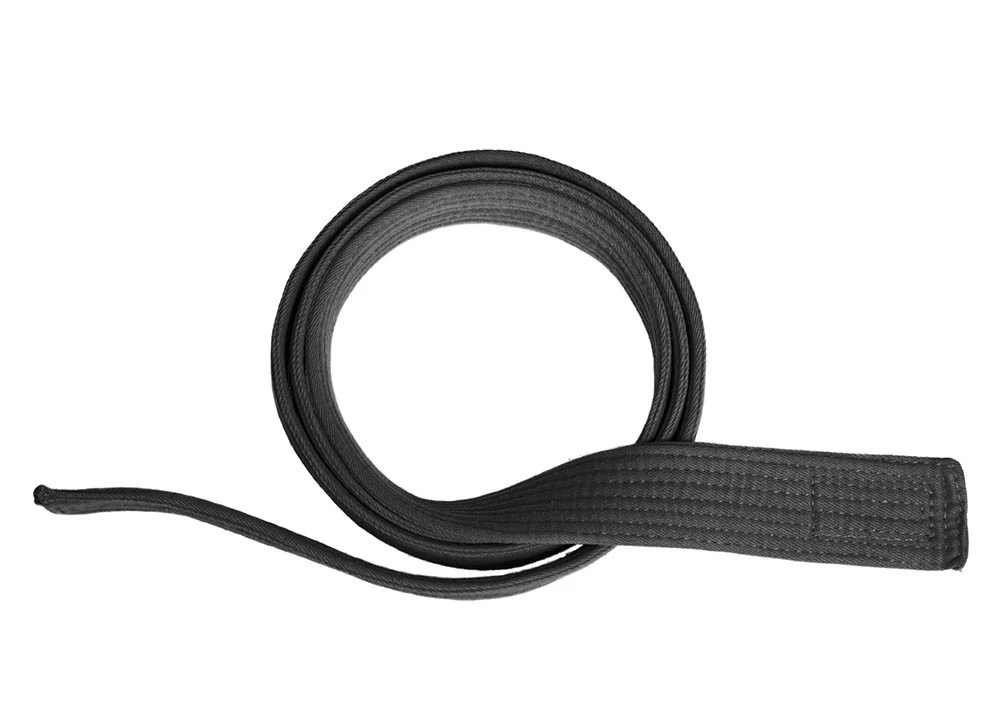In the ever-evolving landscape of the automotive industry the urge to meet the customer expectation is paramount. As manufacturers and suppliers strive for efficiency the need for a robust risk management process is inevitable. The harmonization of the AIAG (Automotive Industry Action Group) and VDA (Verband der Automobilindustrie) is a revolution in this field. FMEA (Failure Mode and Effects Analysis) standards marks a significant cornerstone in this journey. The unified approach is revolutionizing risk management in the automotive sector and enhancing quality, reliability, and safety. In this comprehensive exploration, we dig deep into the distinctions of the harmonized AIAG & VDA FMEA and its impact on the industry and the competitive advantages it can offer.
The Evolution of FMEA in the Automotive Industry
The FMEA methodology has been a keystone of risk management in the automotive industry for years. Initially developed by the military in the 1940s, it was adopted by the automotive sector in the 1960s to anticipate and mitigate potential failures in products and processes. Over the years, different regions and organizations developed their variations of FMEA standards. Notably, the AIAG in North America and the VDA in Europe emerged as leading authorities, each with its FMEA guidelines.
AIAG FMEA: The North American Viewpoint
The AIAG FMEA manual has been the go-to resource for automotive companies in North American region. It stresses on a methodical approach to detect latent failure modes, measuring their effects, and implementing counteractive actions. The AIAG guidelines have evolved through multiple editions, with a focus on practicality and industry relevance.
VDA FMEA: The European Approach
The VDA FMEA standard, predominant in the European automotive sector, has its roots in German engineering excellence. It offers a structured approach to risk analysis, with a strong emphasis on early detection and prevention of failures. The VDA methodology is known for its detailed documentation and rigorous analysis.
The Harmonization of AIAG & VDA FMEA
The globalization of the automotive industry highlighted the need for a unified FMEA standard. Conflicting practices between AIAG and VDA created challenges for international suppliers and manufacturers, leading to inefficiencies and increased risk. Recognizing this, AIAG and VDA embarked on a collaborative journey to harmonize their FMEA standards.
The Rationale for Harmonization
The harmonization aimed to create a common language for risk management in the automotive industry. By aligning the methodologies, the industry could achieve greater consistency, improve communication across global supply chains, and enhance the overall effectiveness of FMEA.
Key Changes in the Harmonized FMEA
The harmonized AIAG & VDA FMEA introduced several significant changes:
Seven-Step Approach: The new standard adopts a structured seven-step process for conducting FMEA, providing a clearer roadmap for practitioners.
AP (Action Priority): A new AP (Action Priority) table replaces the RPN (Risk Priority Number) system, offering a more nuanced approach to prioritizing actions based on the severity, occurrence, and detection of failure modes.
Focus on Prevention: There is a greater emphasis on preventing failures rather than just detecting them, aligning with the proactive nature of modern quality management.
Enhanced Collaboration: The harmonized standard encourages closer collaboration between cross-functional teams, ensuring a more holistic approach to risk management.
The Seven-Step Approach for Conducting FMEA
The harmonized AIAG & VDA FMEA introduces a structured seven-step approach to conducting Failure Mode and Effects Analysis.
This methodology provides a comprehensive framework for identifying and mitigating risks in automotive products and processes. Here’s a detailed look at each step:
Planning and Preparation: This initial step involves defining the scope of the FMEA, assembling the cross-functional team, and gathering necessary information such as process flowcharts, product designs, and historical data. Clear objectives are set, and the boundaries of the analysis are established to ensure a focused and effective FMEA process.
Structure Analysis: In this step, the team creates a structured representation of the system, process, or design being analyzed. This could involve breaking down a complex system into subsystems, components, or process steps. The structure analysis helps in understanding the interrelationships and hierarchies within the system, which is crucial for identifying potential failure modes in the subsequent steps.
Function Analysis: The team identifies and documents the functions of each element within the system. Functions are described in terms of what each element is intended to do, considering both normal and abnormal operating conditions. This step ensures a clear understanding of the intended performance and requirements of the system, which is essential for identifying deviations that could lead to failures.
Failure Analysis: This critical step involves identifying potential failure modes for each element of the system. A failure mode is a way in which a component, process step, or system could potentially fail to meet its intended function. For each failure mode, the team also identifies the potential effects of the failure, considering the severity of its impact on the system and the end user.
Risk Analysis: The team assesses the risk associated with each failure mode using the new AP (Action Priority) table, which replaces the traditional RPN (Risk Priority Number) system. The AP table evaluates the risk based on three criteria: the severity of the failure effect, the likelihood of occurrence, and the likelihood of detection before reaching the customer. This step prioritizes the failure modes that require the most urgent attention and action.
Optimization: Based on the risk analysis, the team develops and implements actions to reduce the risk of the most critical failure modes. This may involve design changes, process modifications, or the implementation of additional controls or tests. The effectiveness of these actions is evaluated, and further actions are taken if necessary to ensure that the risk is reduced to an acceptable level.
Results Documentation and Communication: The final step involves documenting the FMEA process, the findings, and the actions taken. This documentation serves as a record for future reference and as a tool for communicating the risk management efforts to stakeholders within and outside the organization. It also provides a basis for continuous improvement and updates to the FMEA as changes occur in the system or process.
Let us dig deep into the key differences between the Action Priority No. and Risk Priority No.
| Action Priority (AP) | Risk Priority No. (RPN) |
| Qualitative Approach | Quantitative Approach |
| AP emphasizes the criticality of failure modes by considering the severity of the effects | RPN focusses on equal weightage to severity, occurrence and detection |
| Simplified decision-making process by providing clear guidance on the failure modes on high priority. | Numerical nature of RPN makes the decision-making process more sluggish. |
| AP is the part of new harmonized FMEA standard by AIAG and VDA | RPN approach has been widely used in previous versions of the FMEA standards |
Key difference between AP and RPN lies in their approach to prioritizing actions: AP uses a qualitative, criticality-focused method, while RPN uses a quantitative, equal-weighting method.
Impact of new Harmonized AIAG & VDA FMEA on the Automobile Industry
Improved Global Consistency
The unified standard has reduced confusion and discrepancies in FMEA practices across different regions. This has led to more consistent quality and risk management processes among global automotive players.
Enhanced Efficiency
By streamlining FMEA practices, the harmonized standard has reduced duplication of efforts and increased efficiency in risk management activities. This has resulted in cost savings and faster time-to-market for automotive products.
Better Supplier Integration
The common FMEA framework has facilitated better integration of suppliers into the risk management processes of OEMs (Original Equipment Manufacturers). This has improved the overall quality and reliability of the automotive supply chain.
Increased Focus on Prevention
The shift towards a more preventive approach in the harmonized FMEA has led to early identification and mitigation of risks. This proactive stance has contributed to a reduction in recalls, warranty claims, and other quality-related issues.
The Transition – A Strategic Approach
The transition to the harmonized AIAG & VDA FMEA standard requires a strategic approach:
- Training and Education: Companies need to invest in training their teams on the new FMEA methodology to ensure a smooth transition.
- Process Integration: Integrating the new FMEA process into existing quality management systems is crucial for seamless implementation.
- Collaboration and Communication:Encouraging collaboration and open communication between departments and with suppliers is essential for effective risk management.
- Continuous Improvement:Embracing a culture of continuous improvement will help companies adapt to the evolving FMEA landscape and maintain their competitive edge.
Closing with a note
The harmonization of the AIAG & VDA FMEA standards represents a significant leap forward in risk management for the automotive industry. By fostering a unified approach, the industry is better equipped to navigate the complexities of modern automotive manufacturing and ensure the highest levels of quality and safety. As companies embrace this new standard, they are poised to reap the benefits of enhanced efficiency, improved global consistency, and a stronger focus on prevention. The harmonized AIAG & VDA FMEA is not just a change in methodology; it’s a revolution in the way the automotive industry approaches risk management.




0 Comments